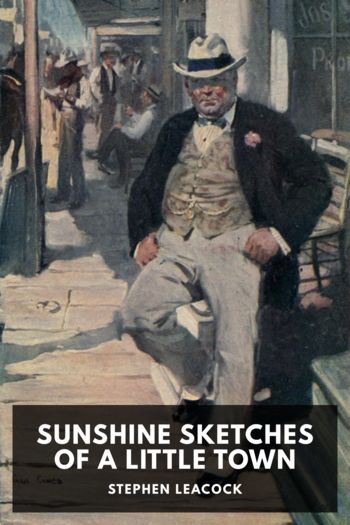Low Country, J. Jones [top 10 best books of all time .TXT] 📗

- Author: J. Jones
Book online «Low Country, J. Jones [top 10 best books of all time .TXT] 📗». Author J. Jones
You can see the gray gleam of Atlantic ocean from the end of the street in their old neighborhood, across King’s Highway and at high tide peaking between the skinny legs of the houses built up on stilts. Other communities went to bed as if it were any other night. Lucky households woke up to the National Guard banging on the door at dawn with instructions to leave now with only the clothes on their backs, and the unlucky woke up amid the blows of Hurricane Hazel, able only to watch the mercury in the kitchen barometer sink and sink and sink and then sink some more. To the lowest level recorded since the Flagg Flood of 1893, which is sometimes called the Sea Islands Hurricane because the eye passed over at the Georgia–South Carolina islands, where Gullah is still spoken today, though less and less. Nineteen fifty-four was only the second year that an official body started gifting hurricanes with names. Women’s names only, and it would not be until 1979 that the United States began to name them as men. Fear is a power that runs deep, and if there is anything women are not allowed, it is power. It is as true as it’s ever been that what power women have from the toils of tenacity or haphazard luck must be taken away once it is noticed.
After Mrs. Newton’s warning, Nana called up Granddaddy at his office at the Sea Dip motel. “Ralph,” I can hear her pleading his name over the telephone as I have a thousand times. She’d be sitting, with her legs crossed and her foot rocking her up and down. Picturing her in that little kitchen, I see my uncle Mike on her knee, and know a part of her rocking habit to come from the decades of babies she bounced. I can hear Granddaddy rebuff and ridicule her, as I have heard his voice through the end of the phone all my life. “Please come home, come help. At least meet us at the shelter,” she might have said.
He chose to ride out the hurricane with “his people,” instead of with his wife and firstborn son. It’s not hard for me to conjure the words I’ve heard him say to her. The hardness in the voice of such a soft woman says it all. It says things like “Jackie, I ain’t gonna spend my last moments on earth with you” and “Jackie, you know you’re not smart enough to make it up here in time” and “Jackie, why are you doing your best to make me angry . . .”
Nana took shelter not just from high winds and storm surge, but from the contempt of a husband who didn’t care to spend with her his last moments on land and life. With her family, she waited through Hurricane Hazel at the Baptist church downtown with her father, a veteran of World War I who’d been all the way to France and fought at the Battle of the Somme, her sister Sue and her husband and baby. Local history notes that someone took an ax to the wooden planks of the boardwalk underneath the open-air pavilion that had been built in 1949, where the electric carnival would go a decade later. The thinking was that if the rising waters could come up through the floor, the ocean wouldn’t push the whole structure down the block, which may have worked. There are reports of similar acts taken in the great Galveston hurricane in Texas fifty years before. The piers and most of the boardwalk along the boulevard broke to pieces and washed away in the storm surge, but the first pavilion was still standing come blue skies.
Hazel is still thought of as the worst hurricane to hit the Carolinas in that century, the twentieth, though the eye veered north, as they usually do, toward the Outer Banks. The eye made landfall near Calabash, North Carolina, barely a game of hopscotch from Little River. Still, the people of the Low Country prayed hard that morning, and, whether it helped or not, only one fatality was recorded in South Carolina. Hundreds of people from Haiti on up to Toronto had gone to God, drowned in the storm surge and flooding rain, under a high tide brought even higher by a full harvest moon that October. The storm surge reached more than twenty feet tall at the high-tide line, and even as the storm lost power moving northward, Hazel





Comments (0)